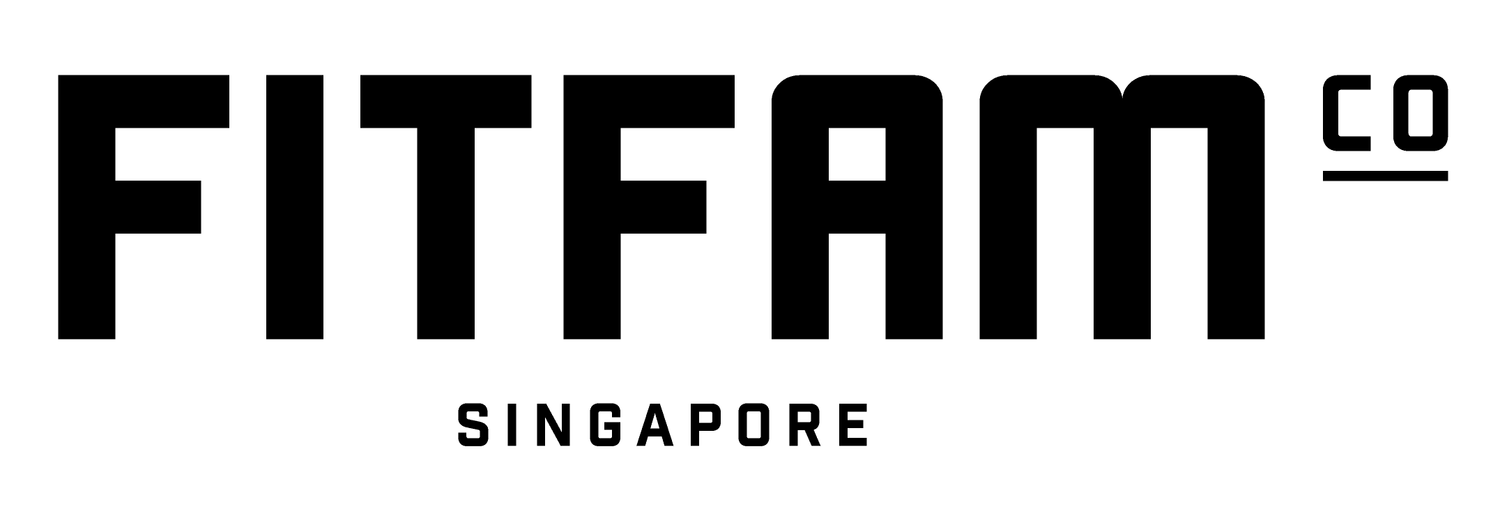The Ultimate Guide to Your First Pull-Up
Pull-up exercise is a dynamic movement that engages multiple muscle groups simultaneously, making it an efficient and effective strength-building exercise.
When performing pull-ups, various muscles are involved and worked, including the latissimus dorsi, biceps, deltoids, trapezius, rhomboids, and forearms. Incorporating pull-ups into your workout routine not only targets these muscles but also improves overall upper-body strength and endurance.
Pull-ups are more than just a challenging exercise; they are a fundamental cornerstone of strength training with a multitude of benefits. Incorporating pull-ups into your fitness routine can yield numerous advantages for your overall health and well-being.
How a proper pull-up is performed
Exercise: Pull-Up
Muscles Worked:
Latissimus Dorsi (upper back)
Biceps (front upper arm)
Deltoids (shoulders)
Trapezius (upper back and neck)
Rhomboids (upper back)
Forearms
Starting Position:
Find a horizontal bar or pull-up bar.
Stand or jump to grasp the bar with your palms facing away from your body (overhand grip).
Hang with your arms fully extended.
Execution:
Pull your body upwards by bending your elbows and squeezing your shoulder blades together.
Pull until your chin clears the bar or reaches it.
Slowly lower your body back down to the starting position with control.
Repeat for the desired number of repetitions.
Common mistakes
Swinging: Using momentum to swing the body while performing pull-ups
Incomplete Range of Motion: Failing to lower the body fully before pulling up (not achieving a full hang) or not pulling up high enough to chin
Improper grip: Using too narrow of a grip or too wide of a grip will reduce the effectiveness of the exercise
Elbow Position: Allowing the elbows to flare out to the sides instead of keeping them close to the body can strain the shoulders and lead to poor form.
Steps towards your first pull-up
1. Dead hangs
Hold onto the bar with an overhand grip while letting the weight of your body pull you down
Hang for up to 1 min, starting with 10-20 secs and slowly increasing from there.
2. Scapular pull-ups
Begin by working on your scapular strength and control. This is a crucial step in building the foundation for pull-ups. Practice scapular retractions and depressions, where you pull your shoulder blades down and back while hanging from the bar.
Use a sturdy chair or bench to assist you in getting into the hanging position if necessary.
3. Negative pull-ups
As your scapular strength improves, work on your negative pull up, which is the lowering phase of a pull-up. Jump or use assistance to get your chin above the bar, and then slowly lower yourself down.
Gradually increase the time it takes to lower yourself down during each negative rep to build strength.
4. Assisted pull-ups
Once you can control the negative phase well, work on assisted pull-ups. Use a resistance band looped around the bar and under your feet or knees to provide assistance. Keep your core engaged and focus on pulling with your back and arms as you perform assisted pull-ups.
You can perform an assisted pull-up using a machine like the one in the video above
As your strength improves, reduce the assistance from the band or try to do fewer repetitions with the band.
For more insights on maintaining a balanced fitness regimen and preventing burnout, you can check out our blog titled "5 Tips on How to Avoid Burnout From Exercise."
Tips:
Progress slowly and focus on proper form to prevent injury.
Consistency is key. Include pull-up training in your regular workout routine.
Ensure your grip is secure on the bar and doesn't slip.
Work on increasing your general upper body strength through exercises like push-ups, rows, and bicep curls to complement your pull-up training.
Stretch and warm up your shoulders and arms before starting your pull-up routine.
Start using lifting straps if you are struggling with your grip
Incorporate assisted pull-up machine and incline pull-up variations to target different muscle groups and progress in your training.
Working towards a pull-up can take time, but with dedication and gradual progression, you can build the necessary strength to achieve this challenging exercise.






